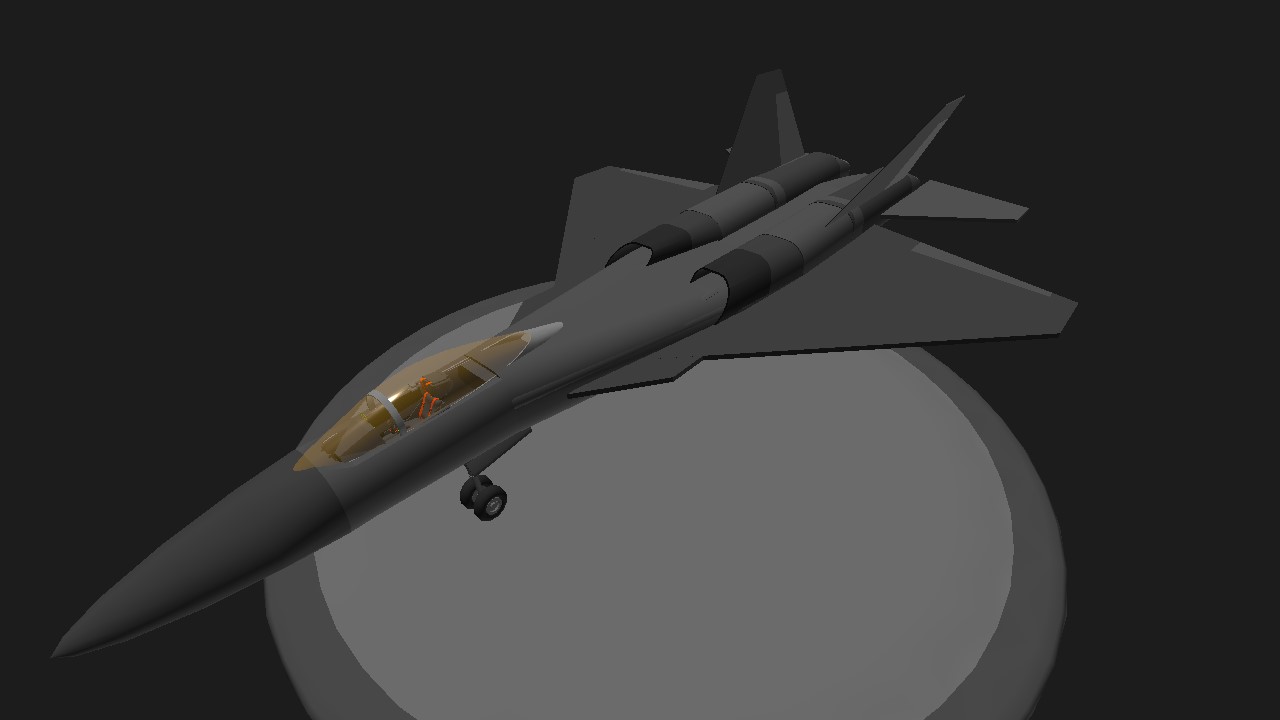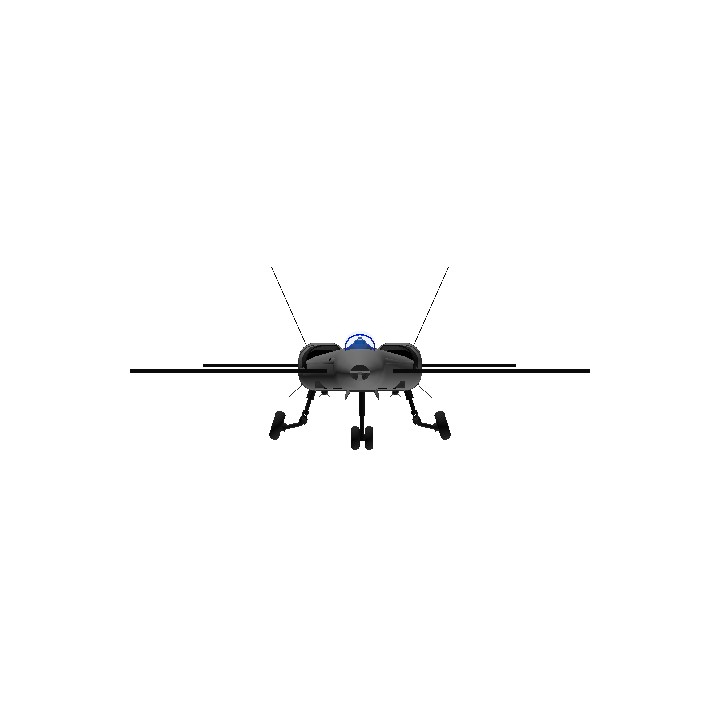History of the YF-25 Dragon: The flagship of Erusan aeronautics
Project Background
The YF-25 Dragon is the result of two decades of research and development by Alpha Project and the Erusan military. Designed as a fifth-generation fighter, it was to embody air supremacy, capable of competing with aircraft such as the American F-22 Raptor or the Russian Su-57. The project officially began in 1990, in a context where stealth and maneuverability superiority were becoming essential in military doctrines.
Key development milestones
- The beginnings (1990-2000)
The initial objective was to design a stealthy and multi-role aircraft. Two prototypes were developed simultaneously:
The Erusan military's EXP-25: inspired by variable geometry fighters such as the F-14 Tomcat.
Alpha Project EXP-25: Based on a more modern configuration, with optimized fixed wings.
Both designs were tested extensively, and while the Army prototype impressed with its speed performance, its low-speed stalling issues in dogfights were a turning point. After close-quarters combat trials, the Alpha Project design was chosen as the basis for final development.
- Improvement and Research (2000-2010)
During this phase, several technical challenges were overcome:
Radar Stealth:
The fuselage was redesigned to reduce radar signature, using advanced composite materials.
Maneuverability:
The integration of fly-by-wire controls and vectored engines allowed for unprecedented agility.
Armament:
The YF-25 was designed with an internal cargo bay to reduce drag and maintain stealth. It could carry up to 6 medium-range air-to-air missiles and 2 short-range air-to-air missiles.
In 2006, the first prototype of the YF-25 Dragon made its first flight. However, problems with stability and integration of sensor systems delayed its production.
- Development and testing (2010-2016)
Improvements focused on:
Electronic systems:
The Active Electronically Scanned Array (AESA) radar was integrated, allowing detection and lock-on to multiple targets at long range.
Engines:
New generation engines with vectored thrust and supercruise were developed, allowing the YF-25 to fly at Mach 1.8 without afterburner.
Dogfight tests:
The YF-25 faced several Erusean and foreign fighters, demonstrating superior maneuverability and impressive stealth.
In 2016, the YF-25 Dragon officially entered service after outperforming its competitors during final trials.
YF-25 Dragon Characteristics
Role: Air superiority and multi-role.
Crew: 1 pilot.
Engines: Two thrust-vectored turbojets, allowing exceptional maneuverability.
Maximum speed: Mach 2.3.
Super-cruise: Mach 1.8.
Range: 3,200 km (without refueling).
Armament:
6 air-to-air missiles (internal hold).
2 air-to-ground missiles (optional).
Internal 20 mm cannon.
Reviews and Reactions
Positive:
Unparalleled maneuverability: Its vectored thrust gave it a clear advantage in close combat.
Stealth: Effectively reduced radar signature, making it difficult to detect.
Versatility: Although optimized for air superiority, it could perform air-to-ground missions.
Cons:
High Cost: The unit cost reached 125 million Esterse, limiting the number of units produced.
Complexity: Its maintenance required sophisticated infrastructure.
Impact on the Erusean military
The YF-25 Dragon quickly became the backbone of the Erusean air force, with 260 units produced between 2016 and 2025. It played a central role in several conflicts, demonstrating its capabilities against a variety of adversaries. Its design also influenced the development of other sixth-generation fighters.
The YF-25 Dragon remains a symbol of Erusean technological superiority, cementing its position as the world's leading military power.
Specifications
General Characteristics
- Created On Android
- Wingspan 42.4ft (12.9m)
- Length 66.8ft (20.4m)
- Height 16.9ft (5.2m)
- Empty Weight 17,370lbs (7,878kg)
- Loaded Weight 26,041lbs (11,812kg)
Performance
- Power/Weight Ratio 9.061
- Wing Loading 26.4lbs/ft2 (128.7kg/m2)
- Wing Area 987.9ft2 (91.8m2)
- Drag Points 4923
Parts
- Number of Parts 123
- Control Surfaces 4
- Performance Cost 1,098






